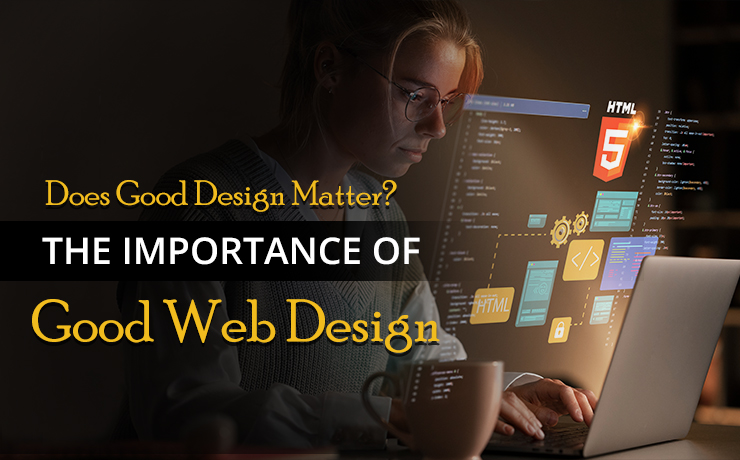Ecommerce Web Design Trends To Know In 2022

Clement Foo
Senior Digital Content Manager

Businesses’ strategies are becoming more innovative. To aid you in staying relevant in the ecommerce space, we have compiled a list of the biggest ecommerce web design trends to watch for in 2022.
Holistic Ecommerce Experience
Capturing the market with diverse wants is difficult with over 500,000 businesses and billions of online stores globally. This implies that in order to stay competitive, larger firms must expand their offerings to become one-stop shops.
Facebook can teach larger ecommerce companies a thing or two. After acquiring various social media platforms, they are now expanding into social technology. As a result, Facebook’s later renamed to Meta. With their continuing expansion, it is projected that more and more users would depend on Meta for their social media networks as well as social technology demands.
Greater Appeal of Senses
While advanced technology such as virtual reality may dramatically enhance a multi-sensory digital experience on ecommerce platforms, there are easier solutions you can employ. A skilled use of gradients, colors, beautifully taken visuals, sophisticated typefaces, and the usage of abstract—and maybe even interactive shapes in the web design layout creates an atmosphere.
You might improve the UI (user interface) design by using sound effects, such as a ‘ding’ whenever users click on a button to complete a purchase. You might animate hover effects, for instance, if you have a backdrop image of the ocean on your site, you could integrate an audio and motion view of waves crashing anytime a user hovers over said image. This is especially useful for accessibility since you can build music and graphics to guide users around the site.
Use Unique Web Design Layouts
A web design layout aids in the organization of content on a website in an appealing and effective manner. Many firms depend on ecommerce platforms like Shopify for this. These often provide a collection of common design templates based on a restricted number of structures, such as the single-column layout or F-layout. The issue with these is that, while they are simple to set up, they have become so prevalent that they no longer provide consumers with a sense of wonder.
Some firms are breaking the pattern and flourishing on peculiarity by utilizing unorthodox layouts. Their online pages, applications, and websites blend the themes into their unique layout, similar to a well-curated fine art exhibition with infinite scroll. Some also integrate numerous components, like interactive films and animated photographs, to create an engaging experience.
Vertical Menus
For years, most have been using horizontal navigation on their websites by default. Moreover, ecommerce platforms were once limited to large displays such as PCs and laptops. This is quickly evolving, with a stunning 68 percent of consumers accessing websites via mobile phones. Ecommerce platforms must now be mobile-friendly as well.
While businesses originally began designing adaptable websites that accommodate different screen sizes, it quickly became clear that certain horizontal menus do not perform well on small mobile phones. As a result, you may have noticed an increase in the number of ecommerce stores featuring vertically oriented menus.
As a vertical menu may be placed along both sides of the page, it takes up less space and is easy to resize. When displayed on a monitor, a vertical menu would help to provide navigational links for the users without disrupting the body of your website with a drop-down menu. A vertical menu, since it mimics a list, provides an effective guide for consumers on however you want them to browse your page fluidly.
Implementing Dark Mode
Dark mode is one of the most popular ecommerce web design trends, transforming online businesses into visually appealing, user-friendly websites.
Dark mode works especially well on OLED displays and does not have a backlight like LED screens. Since the most modern smartphones have OLED screens, this trend is great for addressing the needs of smartphone consumers.
What is the significance of this? It is estimated that by 2023, mobile commerce will contribute to 75% of all ecommerce purchases. This trend might be an effective strategy to draw attention to your website while leaving your competitors in the dark.
Advanced Artificial Intelligent Chatbots
Chatbots are not a new concept. However, by 2021, AI (artificial intelligence) technology has evolved to the point that some firms are deploying chatbots to assist with the buyer’s journey. Why should firms incorporate intelligent chatbots into their websites? You can enhance the customers’ experience with intelligent chatbots by providing quick, customized replies. At the same time, this frees up employees’ time to work on other tasks. Finally, you may increase profits by selling more orders using the chatbot.
 Free
Consultation
Free
Consultation Free
Google Ads Audit
Free
Google Ads Audit







